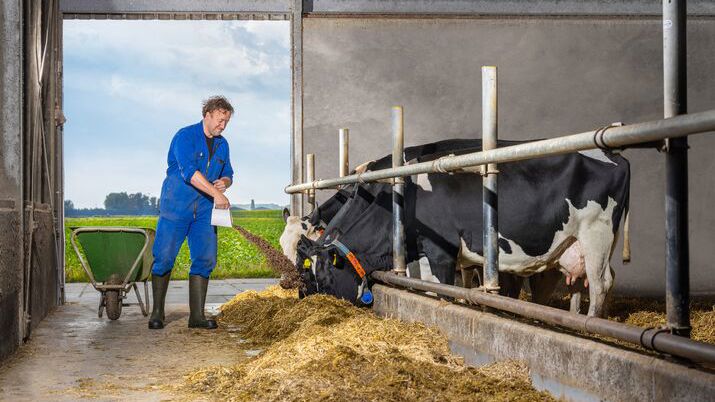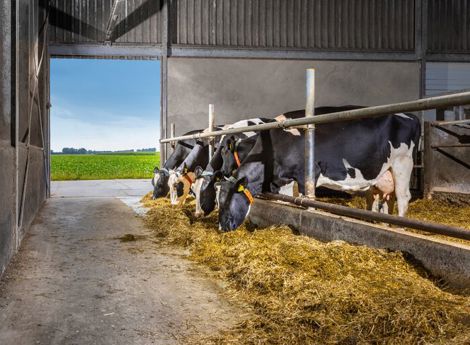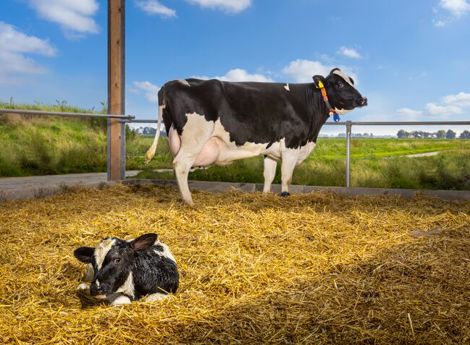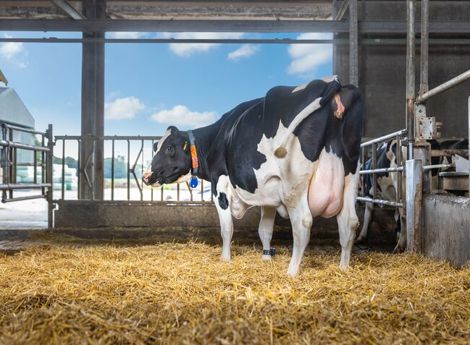Phosphorous: why the right balance in your cows’ diet is crucial
Summary
Maintaining proper balance in cows' diet, including phosphorous levels, is crucial for herd health and farm profitability. Managing DCAD and monitoring key nutrients like phosphorous can reduce hypocalcemia risk and improve calcium absorption. Cutting phosphorous intake during dry periods can lead to significant health and economic benefits, with potential savings of up to €8,600 per 100 calvings annually. De Heus offers the updated Prelacto concept to support farms in optimizing nutrition and reducing disease occurrence.
Making sure your dairy cows get the right nutritional balance can help improve your herd’s long-term health as well as your farm’s financial performance.

A well-timed Dietary Cation-Anion Difference (DCAD) strategy is widely proven to reduce hypocalcemia occurrence in dairy cows. But, for maximum success, it’s important your herd receives the optimal balance of minerals in its ration.
The key nutrients
The DCAD is calculated using nutrient levels of potassium, sodium, sulphur and chlorine. But there are also others worth paying close attention to. In every case, getting the quantity right is essential. For an effective DCAD strategy, farmers must also monitor common dietary minerals, including phosphorous and magnesium. The importance of maintaining the right balance can be seen in the figure below. Magnesium positively affects the hormonal regulation of the cow’s blood calcium levels, but is in turn negatively impacted by high potassium levels.
Phosphorous: why less is more
Another crucial micromineral, phosphorous, is thought to assist in processing calcium. However, it’s not always a case of the more the merrier. For example, a higher phosphorous intake can limit a cow’s calcium absorption, increasing the risk of hypocalcemia. This is because too much phosphorous can reduce the formation and increase the degradation of dihydroxyvitamin D – which is essential for calcium absorption in the intestine.
Because cows don’t require a lot of phosphorous during the dry period, you can cut the intake to 2-3 grams per kg of dry matter (DM). Creating a low-phosphorous diet for dry cows involves additional costs, but with clear long-term health and economic benefits, you’ll find this is money well spent. Indeed, studies show that cutting phosphorous by 1 gram per kg DM during close-up can result in up to 21% fewer cases of sub-clinical hypocalcemia (SCHC).
Milking the economic benefit
Striking the right nutritional balance can play a key role in improving your long-term herd health as well as your farm’s wider performance. De Heus has updated the Prelacto concept to help you take the next step. Our plan can help farms reduce the occurrence of disease and the associated treatment costs, saving more than €8,600 a year per 100 calvings.
Learn more about Prelacto or contact a member of the De Heus team for more information.


